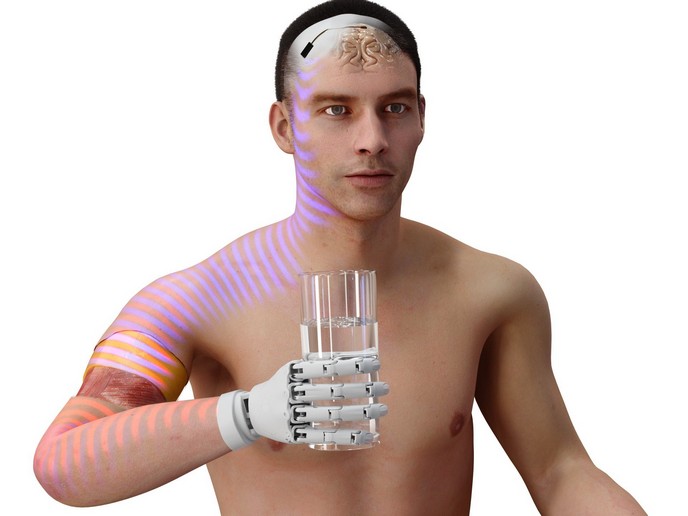Giving amputees greater control over their bionic leg
Bionic legs have undergone tremendous advances in the past decade. “Despite these advances in the prostheses themselves, the interfaces used to control them remain suboptimal, which can make it difficult for the amputee to walk,” says Jose González, head of research at Ottobock(opens in new window), a company specialising in prosthetic solutions. With the support of the EU-funded SimBionics(opens in new window) project, Ottobock aims to close the gap between prosthesis and control. To do so, the project has developed and tested a novel way to control motorised mechatronic bionic legs. “We established a completely non-invasive platform that enables an amputee to voluntarily control a bionic leg while also perceiving how the prosthesis is moving,” adds González. The project was undertaken with the support of the Marie Skłodowska-Curie Actions(opens in new window) programme.
Creating a digital copy of the human leg
The SimBionics solution starts with a digital copy of the human leg, complete with all the bones and attached muscles and tendons. The concept, which was developed at the University of Twente(opens in new window), uses the electrical signals generated by the residual muscles in the amputee’s stump, called electromyography (EMG), to drive the digital version of the amputee’s phantom leg. “Because the behaviour we estimated from the virtual leg reflects the behaviour of the amputee’s phantom leg, it can be used to control the bionic leg,” explains González.
Measuring electromyography from the skin’s surface
SimBionics aimed to rely on EMGs measured from the surface of the skin, not via an implanted device. While this allows the amputee to avoid invasive surgery, driving a prosthesis using only surface EMGs is not 100 % reliable. For this reason, researchers modelled important features of the central nervous system, such as muscle reflexes and primitives, which are thought to be what drives our gait. “These models can further improve the control robustness and reliability of the prosthesis, essentially making it more responsive to external perturbations and enhancing the amputee’s balance,” remarks González.
Artificial sensory feedback lets the amputee know what the bionic leg is doing
Another key feature of the SimBionics solution is the use of artificial sensory feedback to restore the amputee’s sense of what the bionic leg is doing. The feedback system, which was developed at Aalborg University(opens in new window), works by reading the data from the sensors embedded in the prosthesis, as well as those added externally, and translating this information into stimulation profiles that are then sent to the amputee. “Giving the amputee the ability to know whether the leg is moving or not will not only increase their control of the prosthetic, but could also improve safety and confidence,” notes González.
Helping amputees walk at different speeds
With all these features and components put together, it was time to put the solution to the test. Tested with different amputees, researchers successfully demonstrated how SimBionics can help users walk at different speeds and perform other complex movements. “The project opens the door to a new way of thinking about lower limb prosthetic control, aiming to recreate the biological sensory-motor loops using neuromusculoskeletal modelling and artificial sensory feedback,” concludes González.







